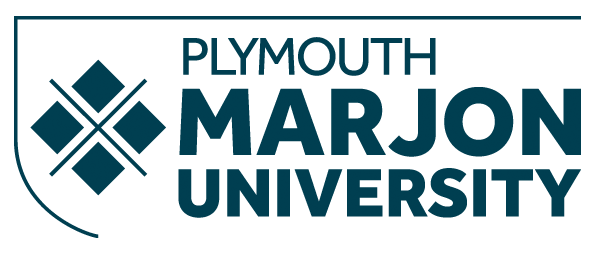MARC details
| 000 -LEADER |
|---|
| fixed length control field |
02280nam a22003018i 4500 |
| 001 - CONTROL NUMBER |
|---|
| control field |
BDZ0053005759 |
| 003 - CONTROL NUMBER IDENTIFIER |
|---|
| control field |
StDuBDS |
| 005 - DATE AND TIME OF LATEST TRANSACTION |
|---|
| control field |
20240516114424.0 |
| 007 - PHYSICAL DESCRIPTION FIXED FIELD--GENERAL INFORMATION |
|---|
| fixed length control field |
ta |
| 008 - FIXED-LENGTH DATA ELEMENTS--GENERAL INFORMATION |
|---|
| fixed length control field |
231205s2024 enk f 000|0|eng|d |
| 020 ## - INTERNATIONAL STANDARD BOOK NUMBER |
|---|
| International Standard Book Number |
9781350259096 (pbk.) |
| 082 04 - DEWEY DECIMAL CLASSIFICATION NUMBER |
|---|
| Classification number |
370.117/DIS |
| 100 1# - MAIN ENTRY--PERSONAL NAME |
|---|
| Personal name |
Lampert, Jo, |
| Relator term |
author. |
| 245 10 - TITLE STATEMENT |
|---|
| Title |
Disadvantage / |
| Statement of responsibility, etc. |
Jo Lampert, Mervi Kaukko, Jane Wilkinson, Rocio Garcia-Carrion. |
| 246 14 - VARYING FORM OF TITLE |
|---|
| Title proper/short title |
Keywords in teacher education : |
| Remainder of title |
disadvantage |
| 264 #1 - PRODUCTION, PUBLICATION, DISTRIBUTION, MANUFACTURE, AND COPYRIGHT NOTICE |
|---|
| Place of production, publication, distribution, manufacture |
London : |
| Name of producer, publisher, distributor, manufacturer |
Bloomsbury Academic, |
| Date of production, publication, distribution, manufacture, or copyright notice |
2024. |
| 300 ## - PHYSICAL DESCRIPTION |
|---|
| Extent |
107 pages ; |
| Dimensions |
20 cm. |
| 490 0# - SERIES STATEMENT |
|---|
| Series statement |
Keywords in teacher education |
| 505 0# - FORMATTED CONTENTS NOTE |
|---|
| Formatted contents note |
Series Editors Foreword -- 1. Introducing `Disadvantage' -- 2. Disadvantage and Intersectionalities -- 3. What do Teachers Learn about Disadvantage? -- 4. Interviews from Inside Disadvantage -- 5. Praxis, Hope and Innovative Strategies for Pre-Service Teachers -- References -- Index |
| 520 8# - SUMMARY, ETC. |
|---|
| Summary, etc. |
Recognition of disadvantage is seen as crucial in preparing socially just teachers who can recognize and address inequities, and this engaging guide provides innovative strategies to reflect on disadvantage. Coupled with its discursive partners, inclusion and diversity, trainee teachers are asked to engage with theories of disadvantage, and advised to recognize, support and lead change for students who historically experience high levels of exclusion and marginalization. But what does disadvantaged mean? In this book, the authors draw together international perspectives to explore the subtle and complex differences produced by the keyword disadvantage in different geo-political contexts, and look at the political, historical, social, and cultural significance of the word. They showcase narratives from the subjects of disadvantage, including indigenous perspectives. They include standpoints from immigrants, asylum seekers and refugees and consider the intersectional nature of disadvantage, for instance, the experiences of LGBTQI+ groups who are living in poverty. |
| 650 #0 - SUBJECT ADDED ENTRY--TOPICAL TERM |
|---|
| Topical term or geographic name entry element |
Inclusive education. |
| 9 (RLIN) |
118384 |
|
|---|
| Topical term or geographic name entry element |
Social justice and education. |
|
|---|
| Topical term or geographic name entry element |
Teachers |
| General subdivision |
Training of. |
| 9 (RLIN) |
144229 |
| 700 1# - ADDED ENTRY--PERSONAL NAME |
|---|
| Personal name |
Kaukko, Mervi, |
| Relator term |
author. |
|
|---|
| Personal name |
Wilkinson, Jane, |
| Relator term |
author. |
|
|---|
| Personal name |
Garcia-Carrion, Rocio, |
| Relator term |
author. |
| 942 ## - ADDED ENTRY ELEMENTS (KOHA) |
|---|
| Source of classification or shelving scheme |
Dewey Decimal Classification |
